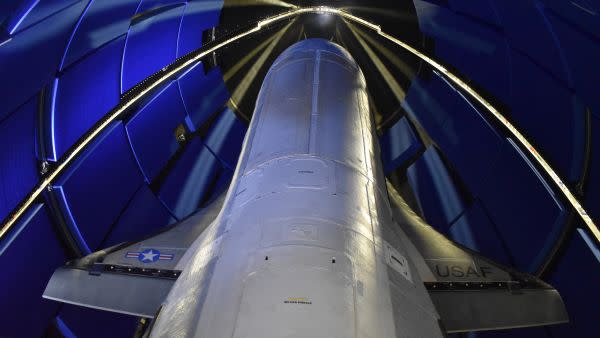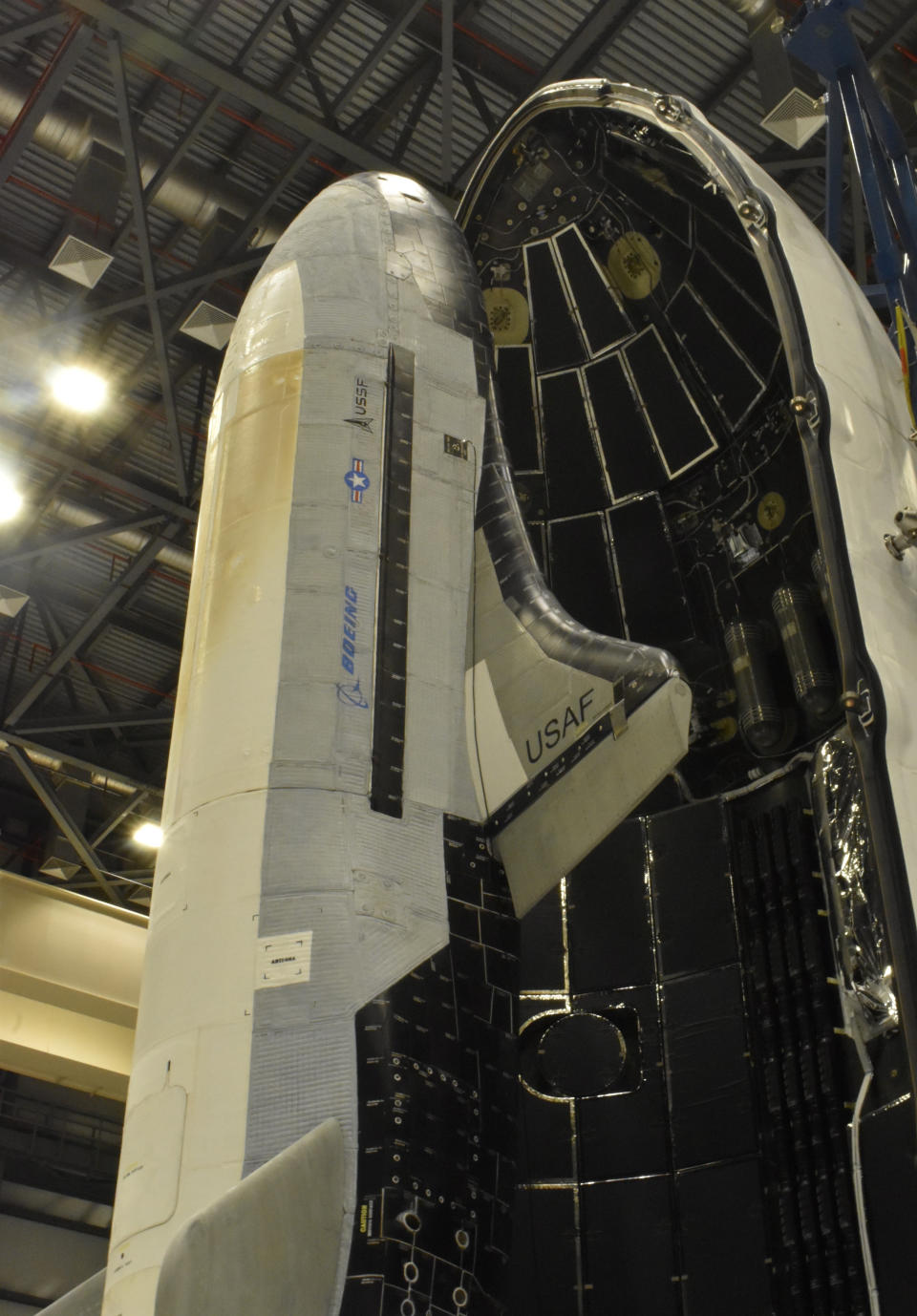US Space Force postpones launch of secretive X-37B space plane to Dec. 10

The U.S. Space Force has announced a delay in the upcoming launch of its elusive X-37B space plane. The mission, designated USSF-52, was scheduled for Dec. 7, but has now been pushed back to Dec. 10.
X-37B will launch aboard a SpaceX Falcon Heavy rocket, from NASA's Kennedy Space Center (KSC), in Florida. Shifting launch schedules and availability at Launch Complex-39A (LC-39A) were cited for the date change, according to a Space Force statement.
"We partner closely with our launch service providers, and the entire team is focused on executing a successful mission,” said Brig. Gen. Kristin Panzenhagen, of Space Launch Delta 45, in a Space Systems Command (SSC) email.
The Dec. 10 liftoff of USSF-52 will take place from KSC's LC-39A, during an unspecified launch window. According to the SSC email, those details will be released "as the launch date approaches."
Related: SpaceX will launch the Space Force's mysterious X-37B space plane on a Falcon Heavy rocket
This will be the reusable space plane's first launch on a Falcon Heavy rocket, which has implications for its secretive mission. Five of X-37B's six previous launches were carried out using United Launch Alliance (ULA) Atlas V rockets; the single remainder flew on a Falcon 9.
During its most recent mission, X-37B spent 908 days in orbit, returning to Earth on Nov. 12, 2022, touching down on the runway at KSC previously used for space shuttle landings.
Falcon Heavy, which combines three Falcon 9 boosters for the rocket's first stage, can carry heavier payloads into higher orbits than both Atlas V and Falcon 9, and will possibly be launching X-37B farther into space than it has ever flown. Though little is known about the spacecraft's operational capabilities, some of USSF-52’s mission objectives include X-37B "operating in new orbital regimes," the Space Force release indicated.
One unclassified experiment flying as part of USSF-52 is NASA's "Seeds-2," which will test the radiation effects of long-duration spaceflight on plant seeds. Other mission objectives, according to the Space Force, include,"experimenting with space domain awareness technologies."
A photo shared with that release shows X-37B, now sporting the Space Force's logo for the first time, standing alongside one of its payload fairings, prior to being encapsulated.

Related Stories:
— X-37B: The Space Force's mysterious space plane
— The US Space Force's secretive X-37B space plane: 10 surprising facts
— SpaceX Falcon Heavy rocket launches NASA's Psyche probe to bizarre metal asteroid (video)
Though this is Falcon Heavy’s first jaunt with X-37B, it's not the rocket’s first launch for the Space Force, which has approved SpaceX to fly national security payloads using refurbished stages. The side boosters launching USSF-52 have each flown four previous missions, including two Space Force launches in November 2022, and January 2023, as well as launching the Hughes JUPITER 3 communications satellite and NASA's Psyche probe earlier this year.

